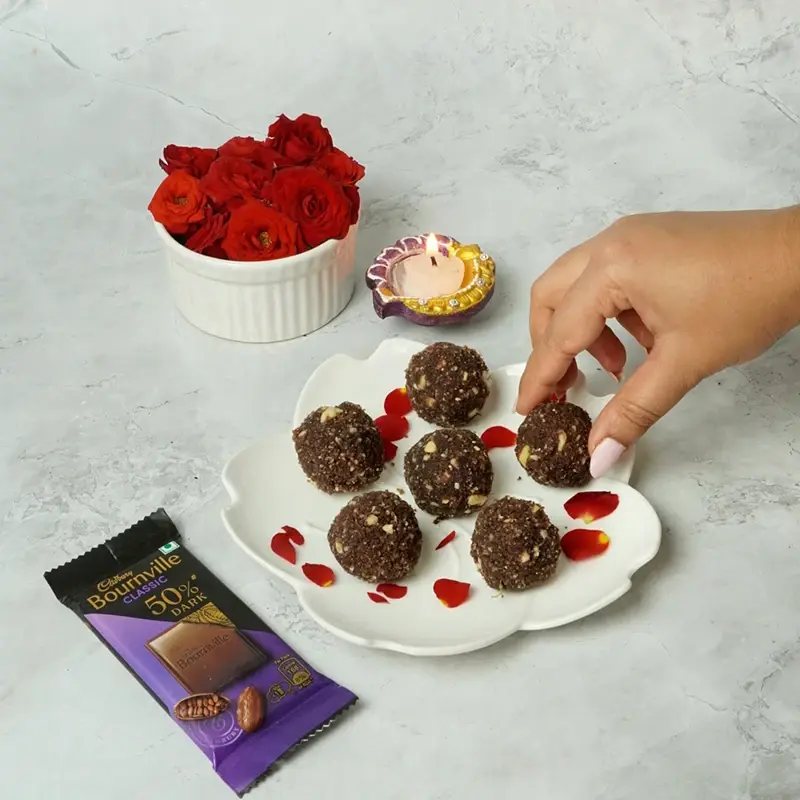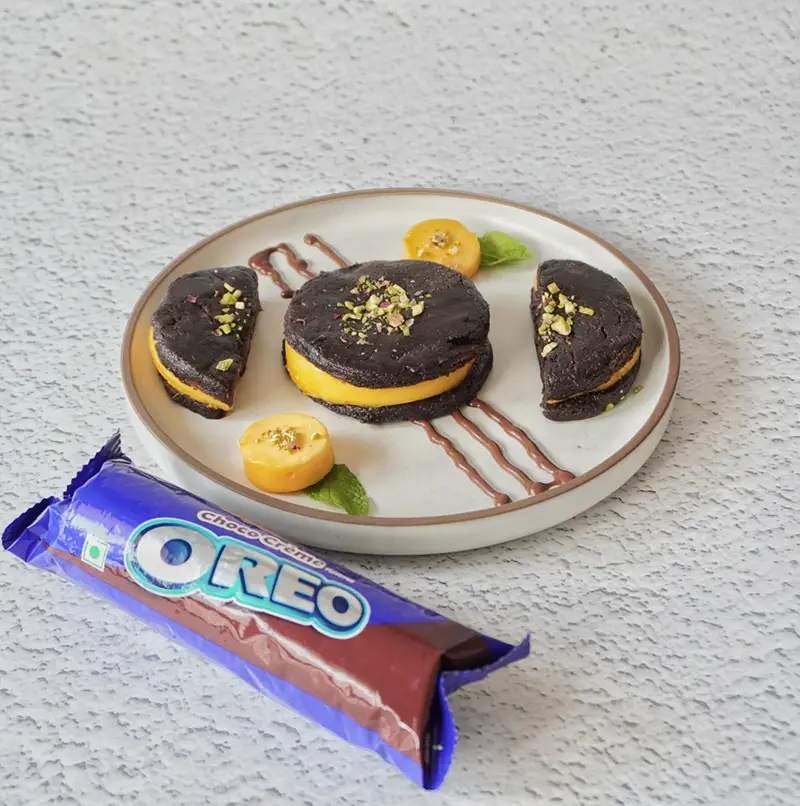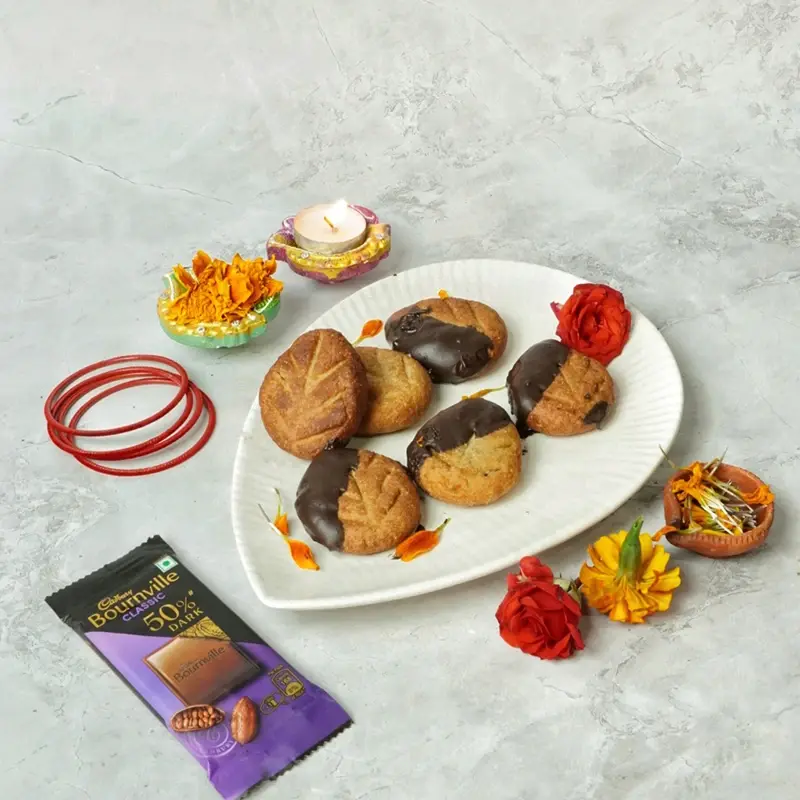Candied fruit desserts are sweet treats enjoyed worldwide, made by preserving fruits in sugary syrup.

Candied fruit desserts are sweet treats enjoyed worldwide, made by preserving fruits in sugary syrup.
Candied fruit desserts are sweet treats enjoyed worldwide, made by preserving fruits in sugary syrup. This ancient technique not only extends the fruits' shelf life but also turns them into delightful confections. Fruits are simmered in a sugary solution until they soak up the syrup, resulting in a shiny, sweet exterior and intensified natural flavors.
From pressed fruit quares of Russia to pâte de fruits in France and tanghulu in China, various fruits undergo this process, offering diverse textures and tastes. Each culture adds its unique twist, creating a sweet, tangy, or spiced symphony of flavors, making candied fruit desserts a beloved global delight.
Here are seven candied fruit delights form across the world that are a must-try:
Pastila, Russia
Pastila is a traditional Russian fruit confection dating to the 16th century and has a rich history evolving from pressed fruit squares to airy puffs with a delicate apple flavor. In Imperial Russia, it was a coveted treat, served with tea and known for its white foamy top. The 19th-century recipe used sour apples or berries, honey or sugar, and egg whites, baked and dried.
A luxury in Imperial Russia, it was made at noble estates with serf labor. Recently, Kolomna and Belyov have revived traditional pastila. Kolomna pastila, made for centuries, is a symbol of the city's heritage. Handmade with apple puree and egg whites, the process is showcased in a museum, offering visitors a taste of unique pastila varieties.
Tanghulu, China
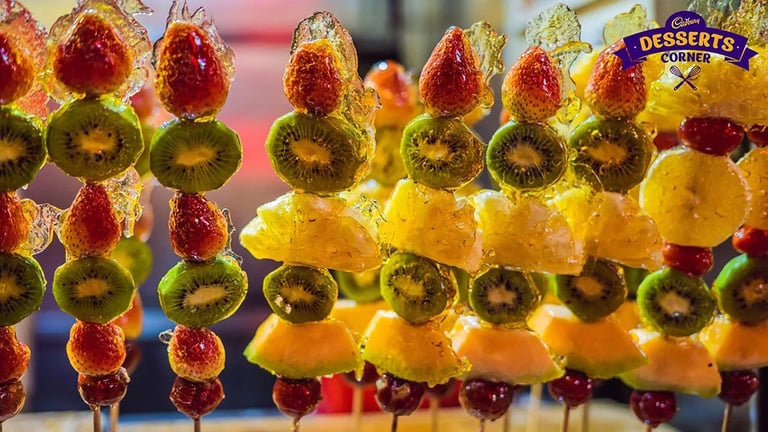
Tanghulu, also known as sugar calabash or bingtang hulu, is a traditional Chinese snack consisting of Chinese hawthorn fruits coated in rock sugar on a bamboo skewer. Named for its calabash-like shape, tanghulu has been enjoyed since the Song Dynasty and remains popular in northern China. Originally made with Chinese hawthorn, vendors today use various fruits like cherry tomatoes, mandarin oranges, strawberries, and more.
The skewered fruits are often filled with sweet red bean paste. Legend attributes tanghulu's origin to Emperor Song Guangzong's concubine, Huang Guifei, who recovered from illness by consuming hawthorn with rock sugar. Nutritionally, tanghulu is rich in Vitamin C and various organic acids from hawthorn, but its high sugar content makes it less suitable for diabetics or those with certain health conditions.
Pestil, Bulgaria
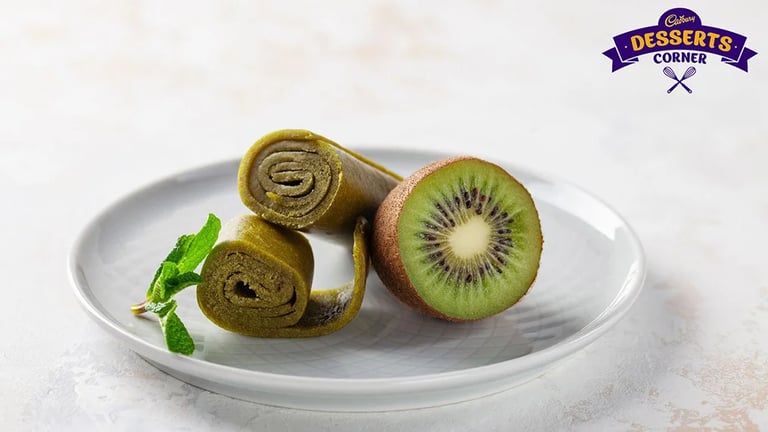
Pestil, also known as "Gabrovo chocolate," in Bulgaria, is a traditional and healthy fruit dessert made by boiling ripe and sweet fruits like prunes, wild plums, or apricots. During autumn, these fruits are compressed and dried, creating fruit leather that is rolled up and stored.
Often called a "curative candy," this treat is rich in natural sweetness, containing no added preservatives or sweeteners. Plum fruit leather is particularly nutritious, offering pectin and vitamin C for better digestion. For extra health benefits, it can be enhanced with "super" foods like hemp, chia seeds, or coconut. While savoring this delightful dessert, moderation is key due to its calorie content.
Candy Apples, United Kingdom
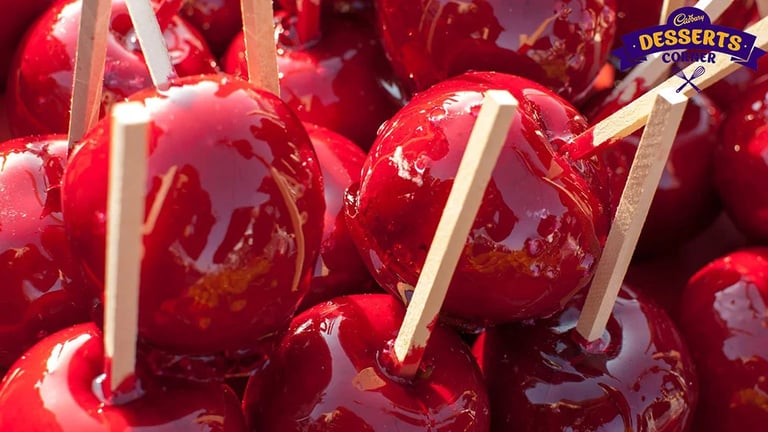
Candy apples, also known as toffee apples, are whole apples coated in a sugar candy shell with a stick inserted as a handle. Toffee apples appeared in London in the 1890s. In 1908, American candy-maker William W. Kolb is credited with inventing the red candy apple, initially using red cinnamon candy in his experiments.
Popular at fall festivals like Halloween, they are a festive treat following the annual apple harvest. Although like caramel apples, candy apples are distinct in their preparation. The candy coating is made by heating sugar to the hard crack stage and typically includes sugar, corn syrup, water, cinnamon, and red food colouring. This coating can be affected by humid weather, preventing it from hardening properly.
Fruit Jellies, France
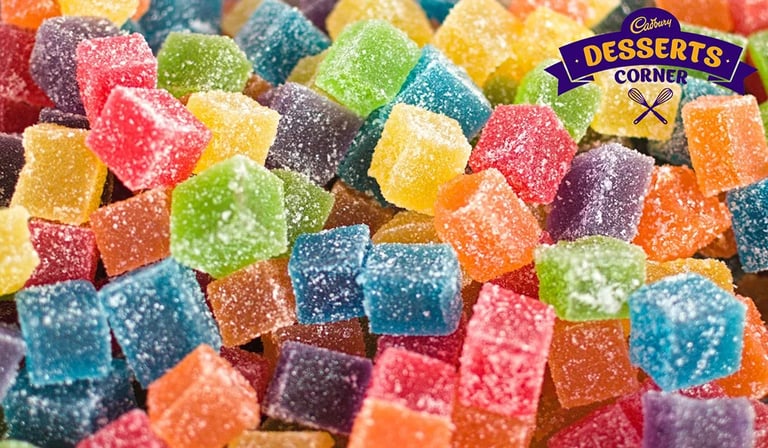
Originating in the 10th century in Clermont-Ferrand, France, pâte de fruits, or fruit jellies, are a cherished delicacy. Initially called confitures sèches or dry jam, these jellies were crafted by candying local fruits, especially apricots. By the 17th century, they became popular among nobles like Cardinal de Richelieu and Madame de Sévigné.
Napoleon III's era witnessed increased demand due to the Bourdon sugar plant supplying unlimited beet sugar. Clermont's pâte de fruits distinguishes itself with superior quality and rich pulp content, utilizing 'noble fruit' such as apricot, pear, or quince. The title demands a distinct, non-wobbly texture, setting these jellies apart from store-bought alternatives.
Ubuyu, East Africa
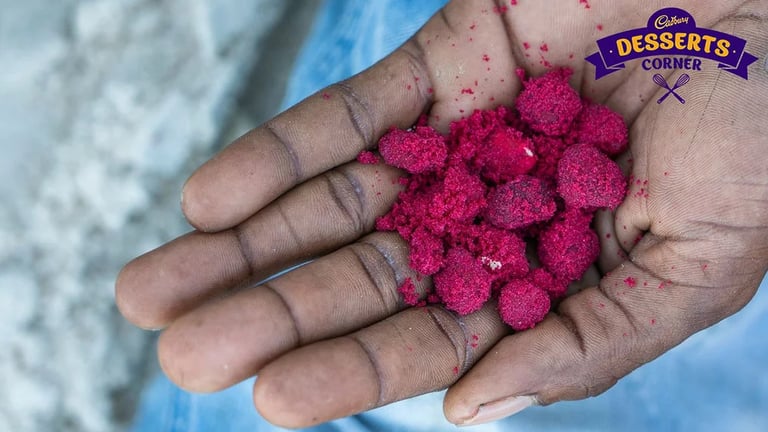
Ubuyu candy, Zanzibar's beloved baobab treat, is a cultural delight. Known as ubuyu in Swahili, it involves sucking on red-dyed baobab seeds, boiled and coated with a blend of sugar, salt, black pepper, cardamom, and vanilla. Tanzania's baobab trees, revered as majestic and sacred, supply the seeds.
Regarded as a nutritional powerhouse, baobab seeds impart a natural citrus flavor. Indulging in sugar-spiced ubuyu becomes a sensory adventure, delivering a medley of sour, spicy, and sweet bursts. Enthusiasts relish each mouthful until the final drop, subsequently spitting out the seeds.
Caramel Apple, United States Of America
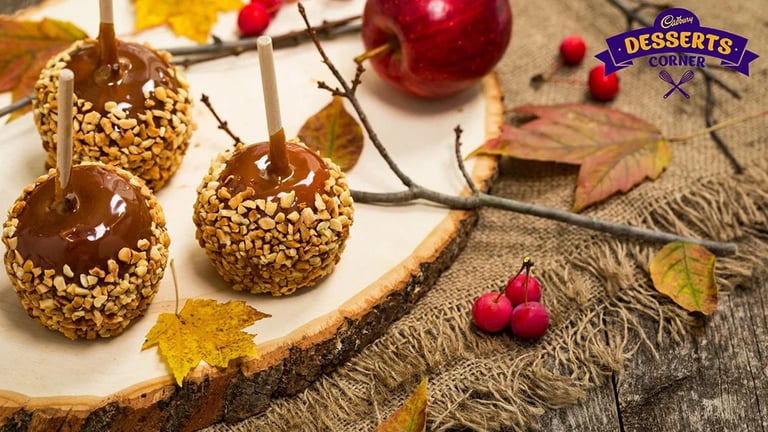
Caramel apples, an American treat and known as toffee apples, are whole apples covered in a layer of caramel, often rolled in nuts or other toppings. This popular treat is made by dipping apples-on-a-stick in hot caramel, creating a delicious combination of sweet and tart flavors.
For high-volume production, a sheet of caramel can be wrapped around the apple, resulting in a harder coating suitable for transportation. Traditionally, tart apples like Granny Smith are preferred. Homemade versions involve melting caramel candies or crafting caramel from ingredients like corn syrup and brown sugar for a softer coating.
Like This Article?
More Like This
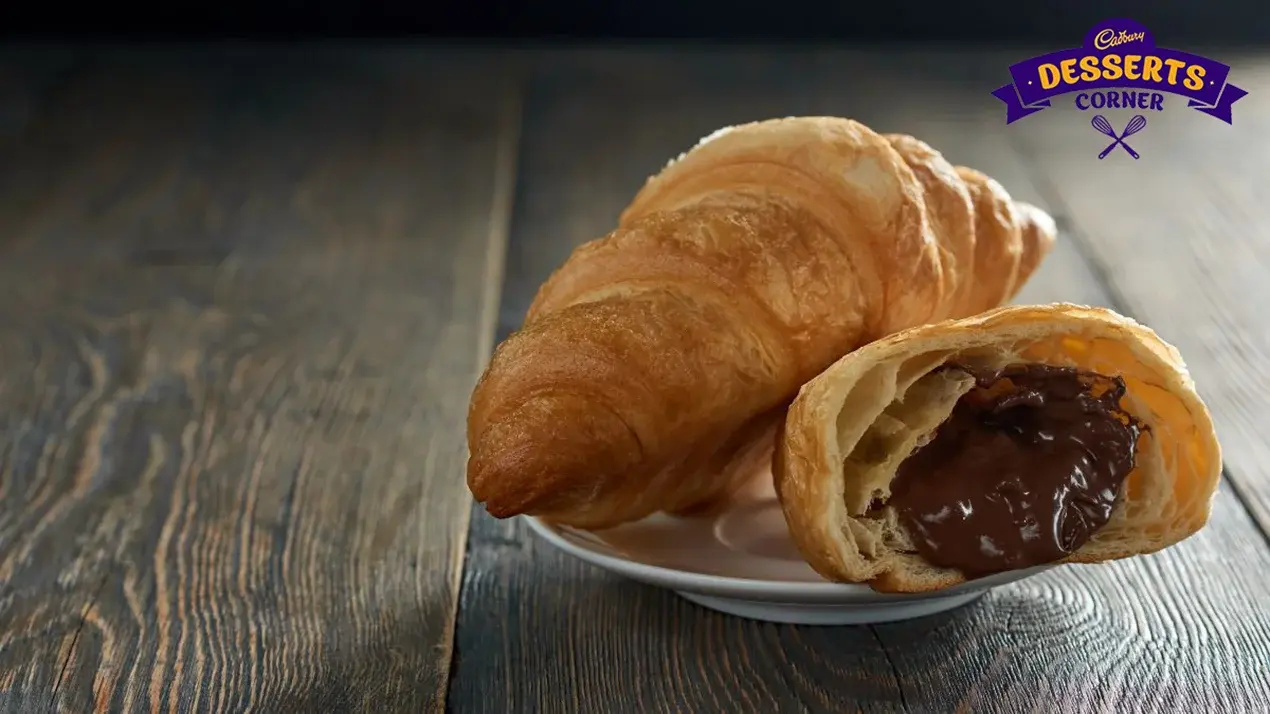
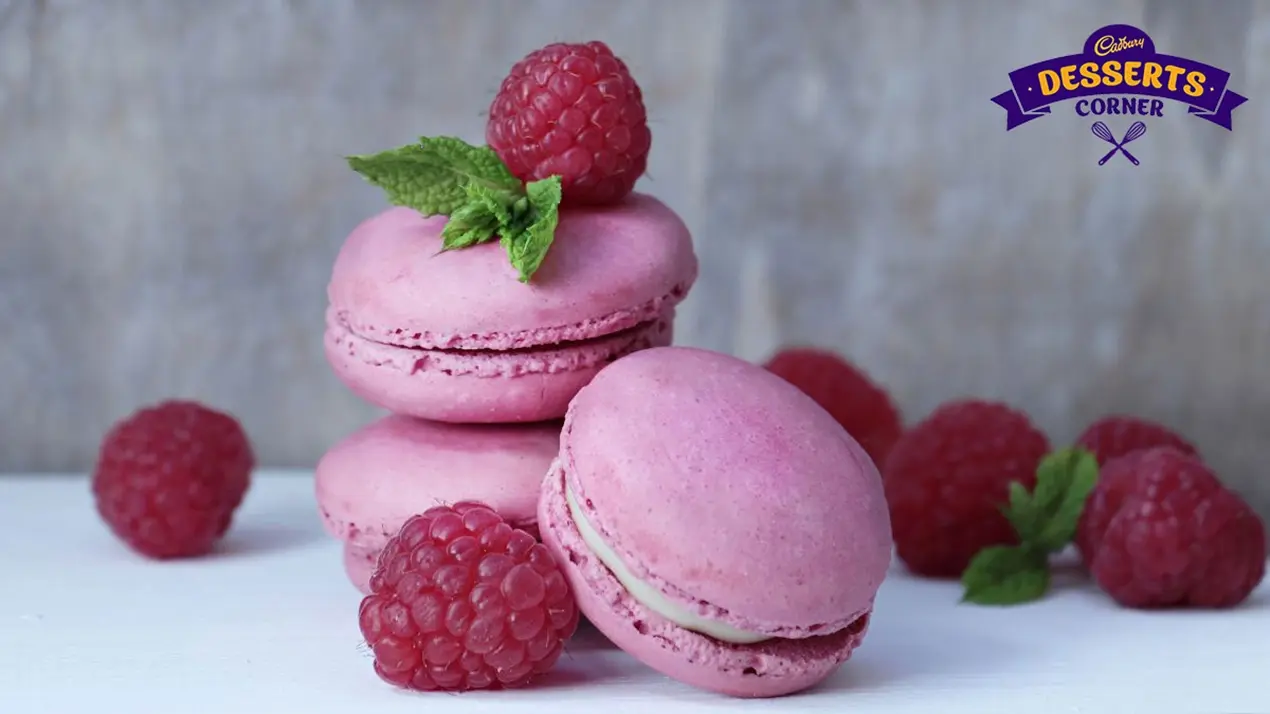

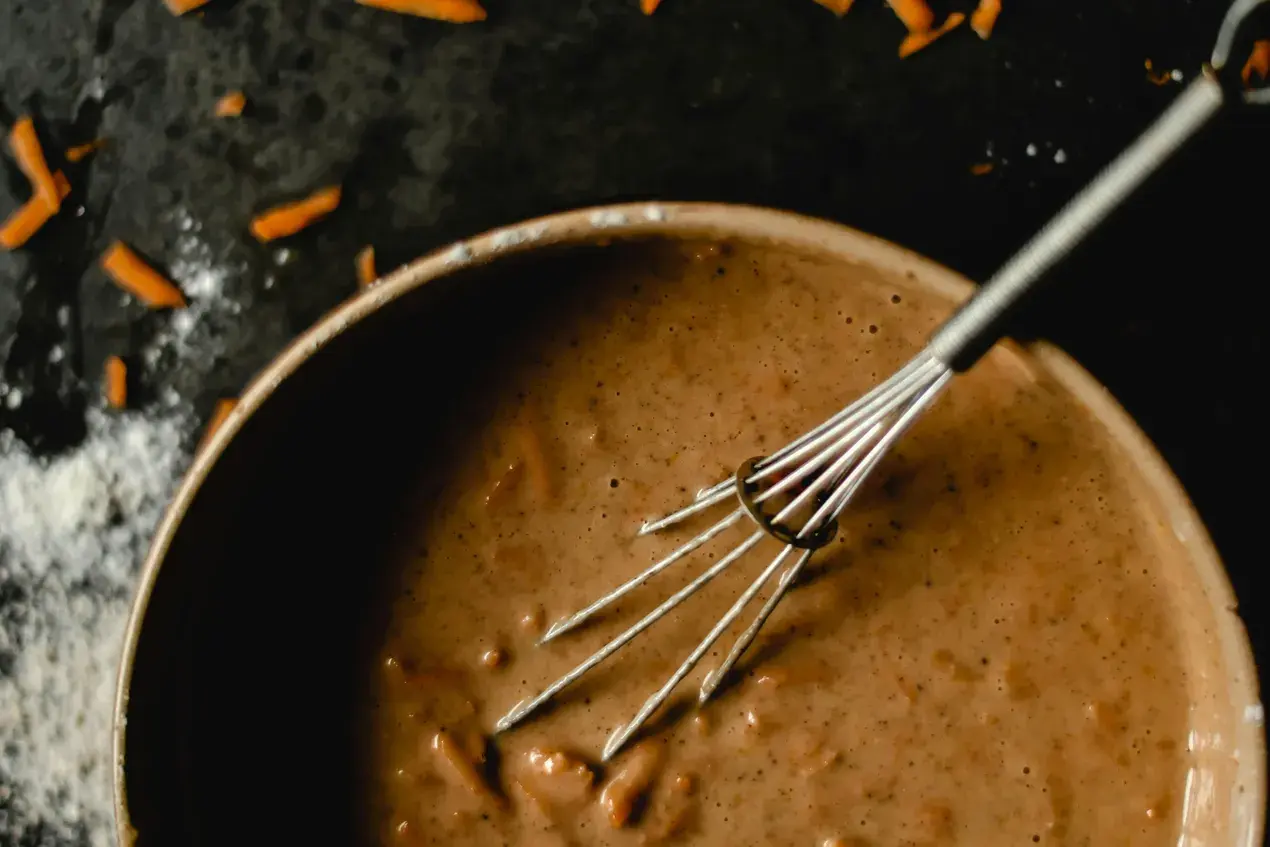
Popular Articles



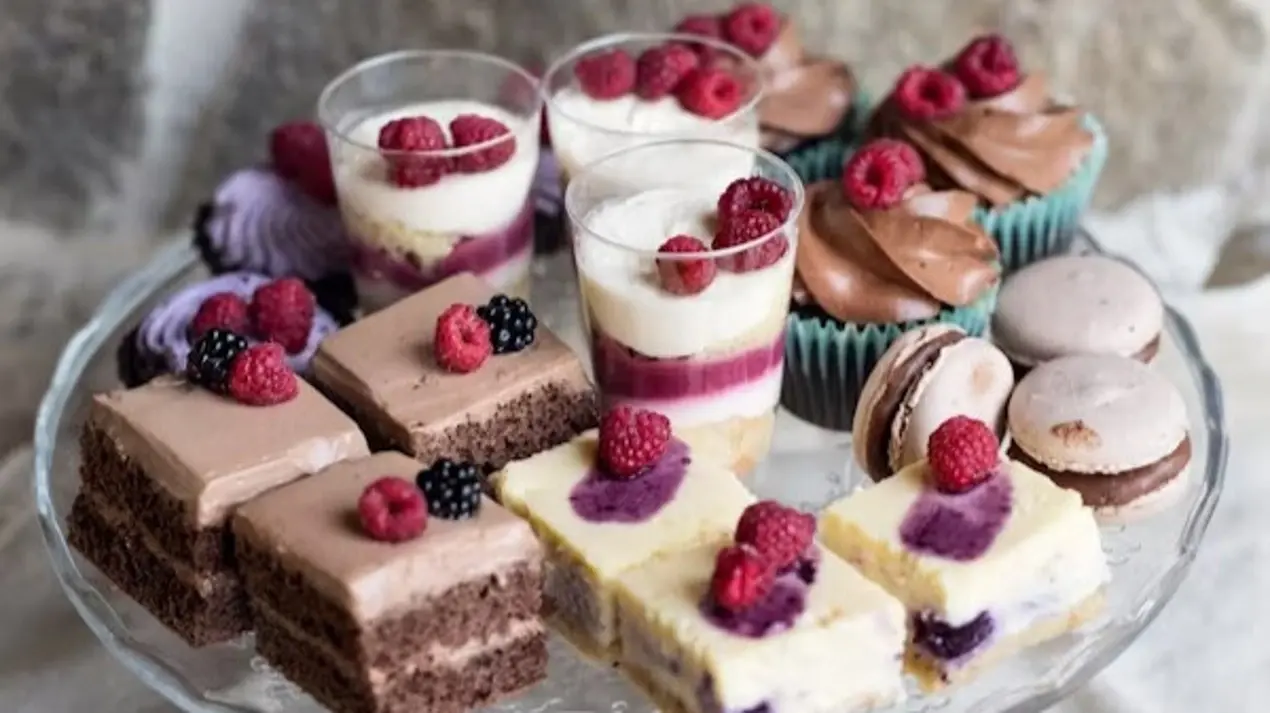

Trending Web Stories
Curated Recipes
